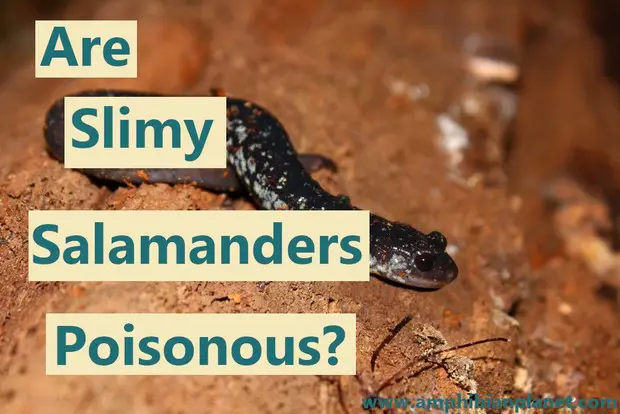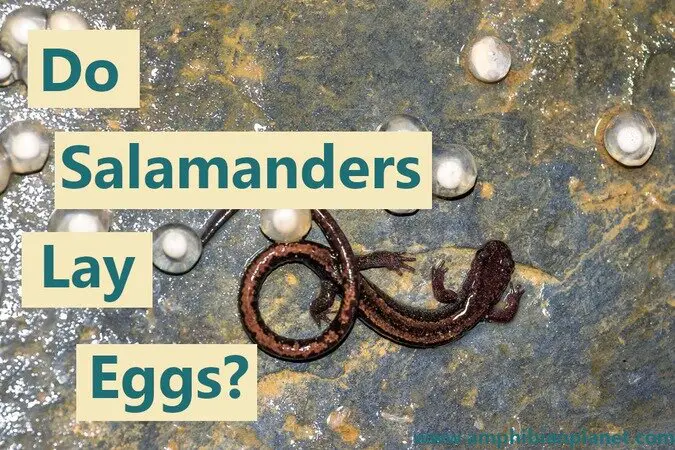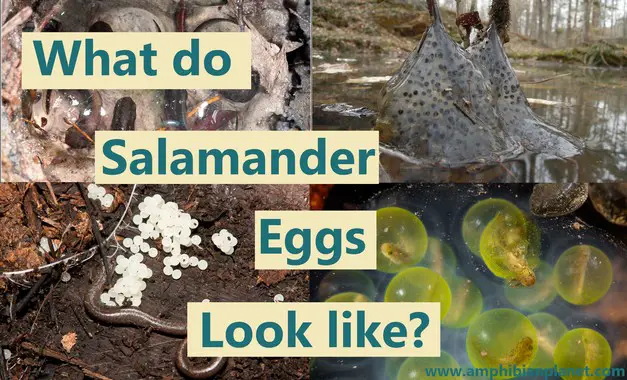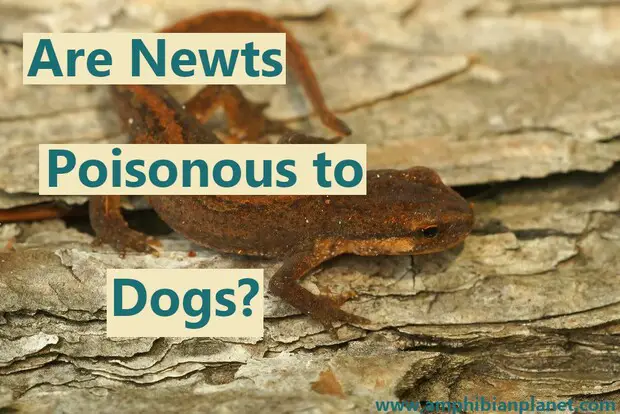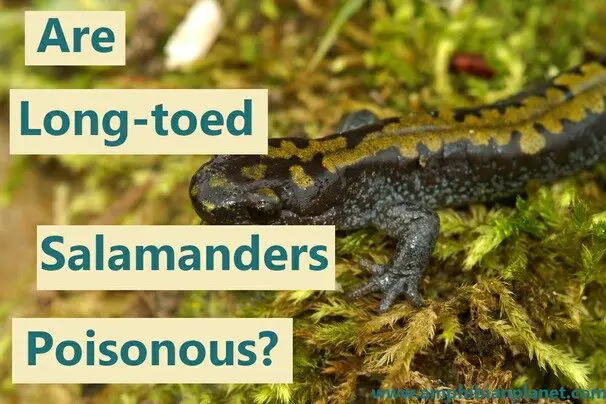Are Slimy Salamanders Poisonous, Dogs, or Cats?
Slimy salamanders are mediumly sized amphibians found throughout much of the eastern united states. These salamanders are easy to identify by their black bodies with numerous, well-scattered white spots on the back and sides. But are slimy salamanders poisonous? Slimy salamanders are mildly poisonous. They release a poisonous slime from glands on their skin to … Read more

